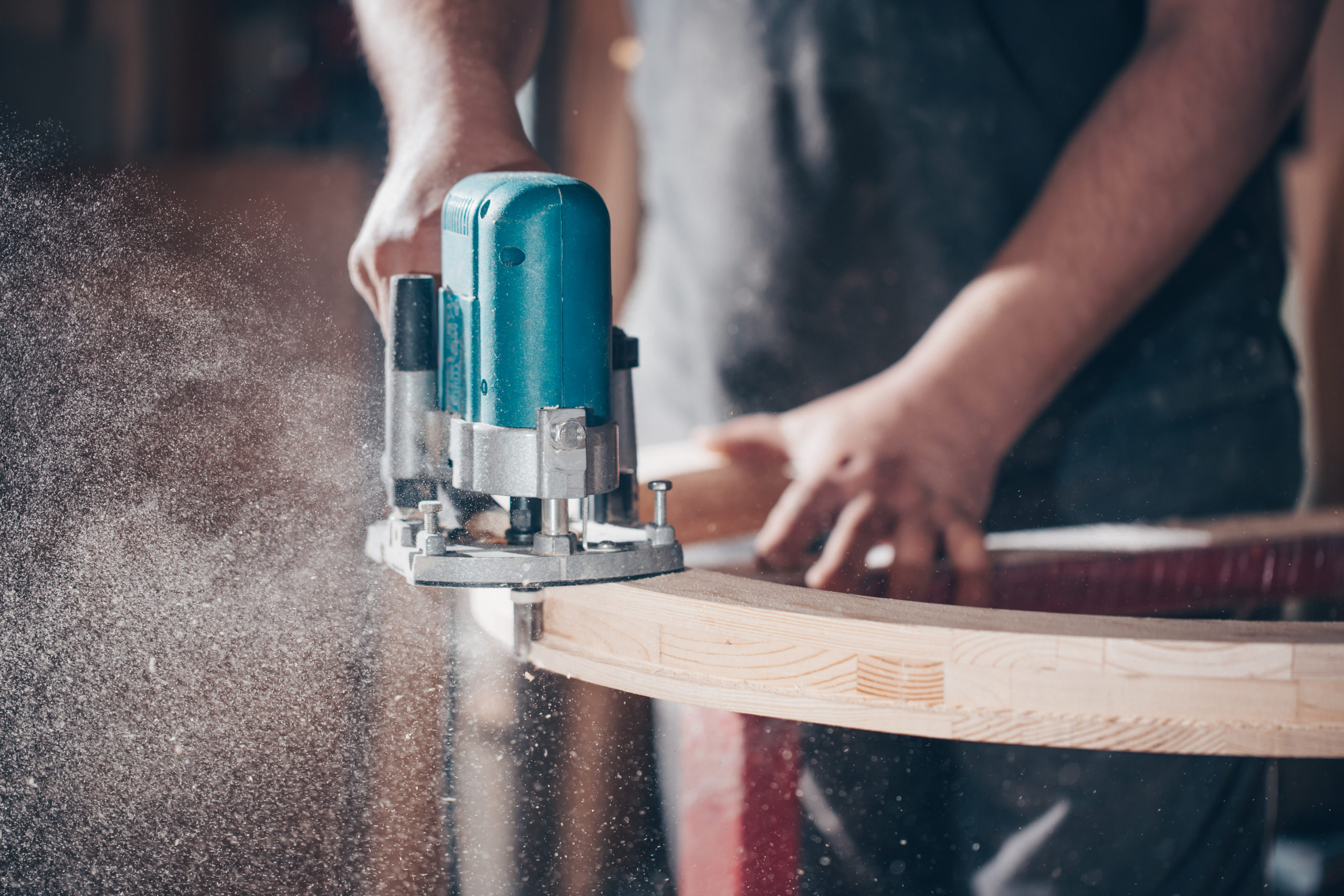

If you have several pieces of wood, you might have to change the Offset and Rotation component on the end grain, so that you get some variation and the pieces look a little different from each other. Now assign these materials to each face of the model. Using this method, set up separate materials for the face, edge and end. You can also assign a roughness texture.Ħ. Add a bump map image under Relief pattern (Bump) or assign the same image here. This way the texture image fits exactly on the face of the model.ĥ. Set the Offset component under Position so that it is half of the scale sample size. Set scale Sample Size (width and height) to the actual size of the face. Click on the image, and adjust Scale and Position. Under Parameters, go to Image and assign the texture.Ĥ.

Double-click on the material, go to Advanced. In Fusion, create a new material by duplicating an existing one.ģ. Multi-axis toolpaths do generate motions that. It is based on the geometry of the part and the type of cutting motion you need. In order to begin, you will need textures (or pictures) of different wood cuts - the face, the edge and the end.Ģ. It’s a common misconception to believe that the 2D toolpaths are only for 2.5-axis machines, 3D toolpaths are only for 3-axis machines and multi-axis toolpaths are only for 4 and 5-axis machines. For example, let's take a look at this wooden block.ġ. In order to do this, you will have to create and assign seperate materials to different faces of the wood. Here is a method to setup wood material in Fusion.


 0 kommentar(er)
0 kommentar(er)
